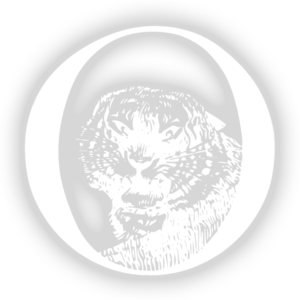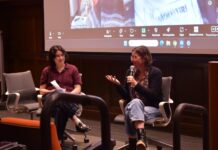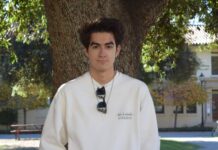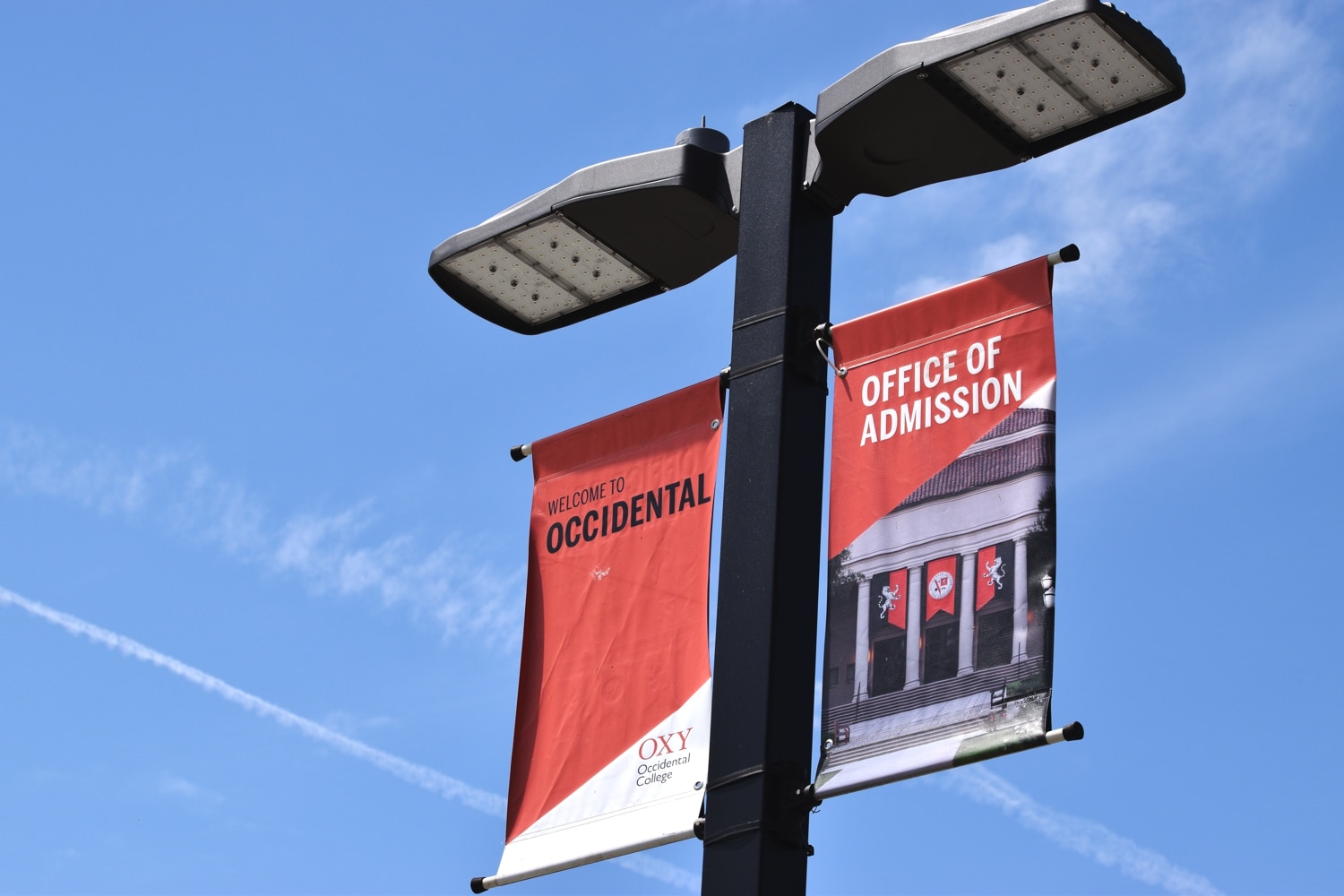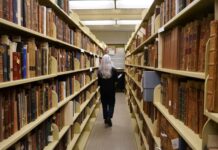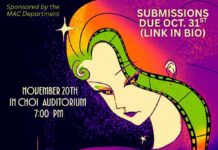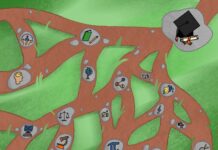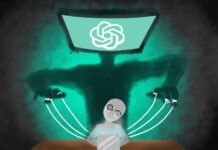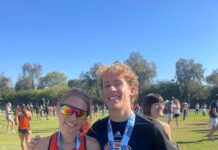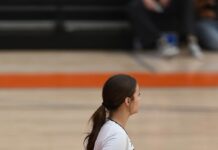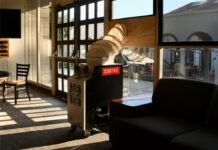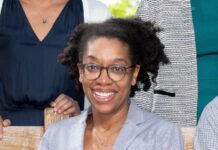
Richard P. Feynman Professor of Theoretical Physics, Emeritus at the California Institute of Technology and co-awardee of the 2017 Nobel Prize in Physics Kip Thorne sat down for a conversation with Paul Holdengräber in the third installment of the 2024–2025 Oxy Live! speaker series hosted by Oxy Arts Feb. 18.
Before the conversation began, Holdengräber played a clip of Ray Bradbury reading the poem “If Only We Had Taller Been” at CalTech to celebrate the landing of the Mariner 9 probe on Mars.
“Let me just say that brings back memories,” Thorne said. “I was in the audience that day, I had just arrived as a professor.”
Thorne said that while growing up in Logan, Utah, his first desired career was that of a snow plow driver, but that changed after his mother took him to a lecture on the solar system when he was 8.
“I just fell in love with the idea of the solar system,” Thorne said. “[My mother] nursed my interests, and we did projects together.”
Thorne said he discovered the book “‘One Two Three…Infinity” in a used bookstore in Salt Lake City.
“I was blown away by the concepts of relativity, warped space-time,” Thorne said. “But, more than anything else, by the understanding that the universe is controlled by the laws of physics and the idea that there was a set of physical laws.”
The conversation then turned to the book “The Warped Side of Our Universe,” with verse authored by Thorne and drawings by Associate Professor of Art at Chapman University, Lia Halloran.
“If you want to really feel like you understand [something] and be able to see well beyond the horizons of human knowledge, you translate the mathematics into pictures and extrapolate,” Thorne said.
According to Halloran, she met Thorne at a cocktail party more than 15 years ago, and Thorne told her that there was a filmmaker interested in making a film about his science.
“[Thorne] was interested in having someone who could conceptually understand what he was getting at and then visualize what he was saying,” Halloran said.
Halloran said she made drawings of Thorne’s descriptions in a scrapbook that Thorne would take to the director of the movie that would become “Interstellar.” Thorne served as a scientific consultant and executive producer for the film.
“I wasn’t part of the making of ‘Interstellar,’ but what I did do is I helped [Thorne] use my drawings as a tool to communicate what he wanted the movie to be like to [Spielberg] and then eventually [Christopher] Nolan,” Halloran said.
According to Halloran, some of the drawings that she made early on in her discussions with Thorne are contained in Thorne’s book “The Science of Interstellar.” Halloran said the book originally came out of an article that Thorne was invited to write for Playboy magazine, where Halloran drew the art for the magazine.
“[T]he paintings and the article were presented to Hugh Hefner, and he personally rejected my paintings because the women weren’t presented in the traditional representation of Playboy,” Halloran said.
After taking the kill fee, Halloran said the collaboration with Thorne grew nonetheless.
During the presentation, Thorne described the merger of two black holes that happened a billion years ago as images that Halloran drew appeared on screen.

According to Meldia Yesayan, director of Oxy Arts, two pieces in the current Oxy Arts exhibition are from the Laser Interferometer Gravitational-Wave Observatory (LIGO) project. Thorne’s contributions to LIGO were cited by the Nobel committee as the reason he was awarded the prize alongside Rainer Weiss and Barry Barish.
“One is an image of a black hole, and the second is an audio file of two black holes colliding,” Yesayan said via email.
Thorne and Holdengräber toured through Thorne’s early career studying at Princeton University under John Wheeler. The conversation soon turned to a discussion about the challenges Thorne’s team faced when building LIGO.
“The waves could have been so weak that you had to be able to measure motions of these mirrors to the accuracy 100 million times smaller than an atom, or it might be one million times smaller than an atom,” Thorne said.
According to Thorne, the LIGO team was able to measure the mirrors so precisely that quantum fluctuations would affect their measurements. Thorne said to resolve this, a graduate student named Carl Caves and CalTech physicist Jeffrey Kimble figured out a method to control vacuum fluctuations, giving birth to the field of quantum precision measurement.
“[Y]ou go in and you manipulate the quantum state of your instrument in the process of making measurements,” Thorne said. “You have to have control over the probabilities that the mirror is going to be here versus there.”
Alisa Clayton (first year) said the discussion about “Interstellar” piqued her interest.
“They showed a video of [Thorne] working on it, and he was doing all the calculations,” Clayton said. “They made the black holes in CGI, but they wanted them to look real, and so they did all the science to figure out if they were real or not, and I thought that was so cool.”
At the end of the conversation, Thorne said he was optimistic about humanity’s future.
“Overall, in my lifetime, there has been a remarkable journey of learning to understand the universe, learning about the beauties of the universe and using technology to make life better for humanity,” Thorne said.
Contact Avinash Iyer at iyera@oxy.edu
![]()

